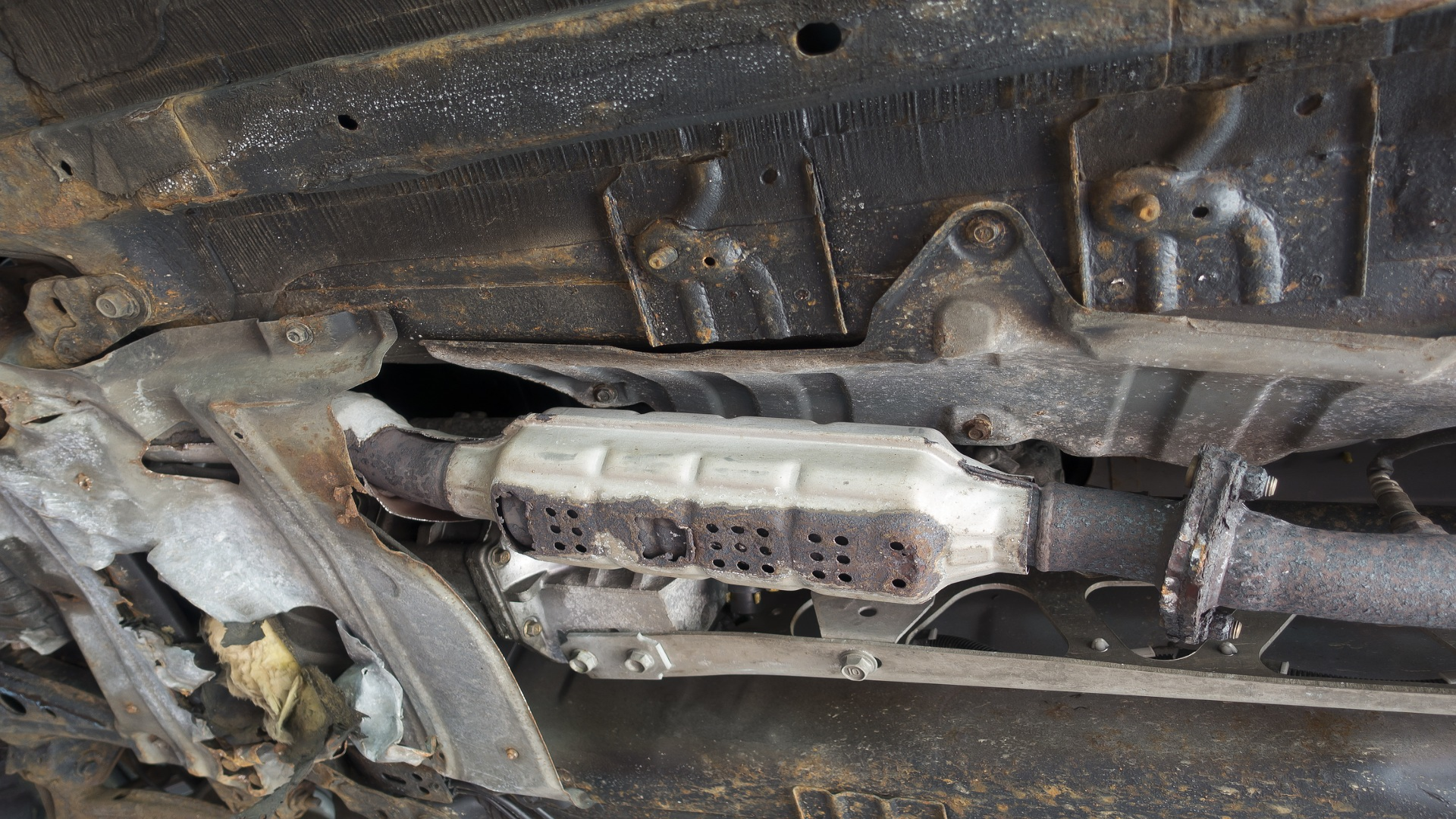What a catalytic converter is and what it does in a car, almost every car owner knows. However, there is some popularly repeated information about it that is not entirely true. As in almost everything, some people’s opinions must be treated with a wink. Even more so when it is their opinions or information come from an uncertain source. The catalyst in the car facts and myths – it’s worth to know them.
The catalyst in the car – facts and myths
Speaking about its assumptions and main functions, it should first be clarified who invented the catalyst in gasoline engines. Very often the information that can be found on this subject is that in 1989 Opel came up with such an idea. Unfortunately, this is not true, and the Opel brand itself simply claims the credit.
In fact, American scientists working in the 1960s and 1970s are responsible for this. It all began with the technological development that flourished after the Second World War. The American and European market is affected by the mass of cars that are becoming commonplace. Such an increase was increasingly felt by the environment.
Research has shown more and more harmful substances in the air, so they began to develop ways to reduce them in exhaust gases. California was one of the first states in the US to introduce regulations that oblige manufacturers and users to have a catalyst in a car.
In the beginning – the myths
The catalyst is a container for impurities
It is a mistake that the catalyst is considered a container for storing unnecessary combustion products. Depending on the catalyst, it has a ceramic or metal insert. There are important elements such as rhodium, platinum or palladium, which react chemically with oxides emitted from exhaust gases. As a result, they are oxidized, and therefore the exhaust gases are cleaned. In diesel engines, the catalyst oxidizes hydrocarbon and carbon dioxide, and then, for example, the DPF filter takes over the role of purification.
Can LPG “kill” the catalyst?
Of course not! Another myth to refute. Gas installation, e.g. sequential, which is very well regulated and tidy, does not affect the catalyst in any way. Catalyst damage can occur when the installation is poorly assembled or the flat is too poor. However, it should be said that such situations occur everywhere.
The catalyst blocks exhaust gases and reduces the car’s performance
Will the horsepower in the car increase thanks to the cut-out catalyst? Myth. It was created in the 1980s when older cars had catalysts that to some extent paved the way of exhaust gases. If the car has one lambda probe in front of the catalyst, it is possible that its cut out will result in a smoother passage of exhaust gases. However, this applies only to older models. In the event that the system may have more probes after the catalyst, the only thing you get is the information “check engine”.
The last myth worth mentioning is that you can’t remove the catalyst in the OBD II diagnostic system. This assumption is that this system has two lambda probes, so do not cut the catalyst. This is a wrong assumption, if only because the OBD I system may also have two lambda probes. Therefore, it is not worth following it and blindly assume that a car with OBD I system does not have two probes.

Now it’s time for the facts
If the catalyst has a ceramic insert, it may be damaged after long driving or hitting a deep puddle. This is not a common situation, but it has to be honest that it can happen.
Catalyst clogging
Another fact about the catalyst is that its clogging can stop the engine. If the ceramic insert breaks down and the system becomes clogged, the car will not start. While in gasoline engines with slow suction, even a half-clogged catalyst does not show this by power drops, engines equipped with turbocharging react differently. Even a slight clogging will affect the visible loss of horsepower. This is an important symptom. An unnoticed fault for a long time can affect the overall condition of the engine.
Catalyst and ignition system
It is also true that the catalyst may be damaged by neglecting the ignition system. The contribution is quite delicate, therefore all self-ignition and traditional exhaust pipe shooting do not work well on the life of the catalyst. During the bad work of the computer, which has bad fuel and air doses, the catalyst can be seriously damaged. Similarly, it applies to start a car “on a push”.
What to do if the catalyst is damaged?
Once you know that the catalyst has broken down, you have several options to choose from.
1. cutting it out of the exhaust system, welding it, and then inserting a spotlight or can in its place
2. buying a catalyst from the secondary market
3. buying a universal catalyst, dedicated to the given power and a given version of the engine
4. purchase of a replacement dedicated to a given model
The first two options are illegal, harmful or highly risky. A catalyst used is not guaranteed, you are not sure what is inside and how it is handled. The next two options are cheaper than the original parts from an authorized service centre.
